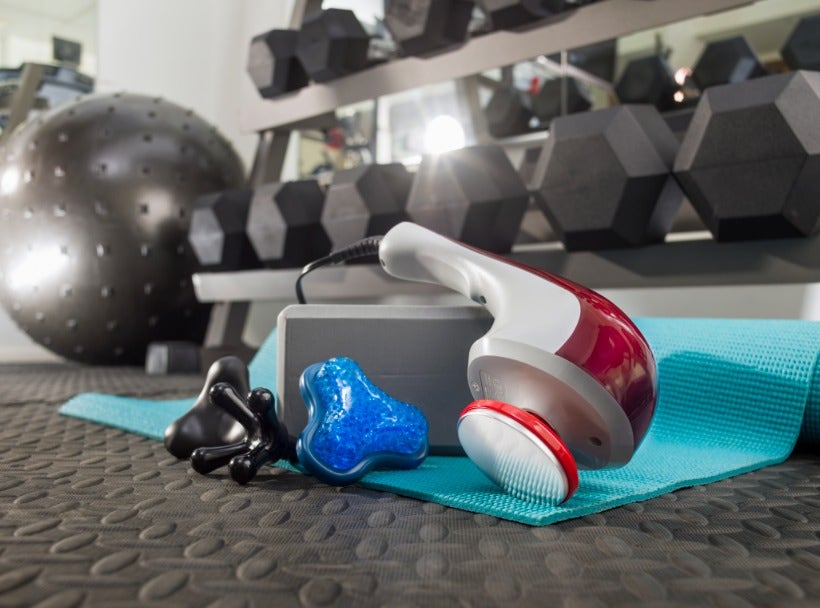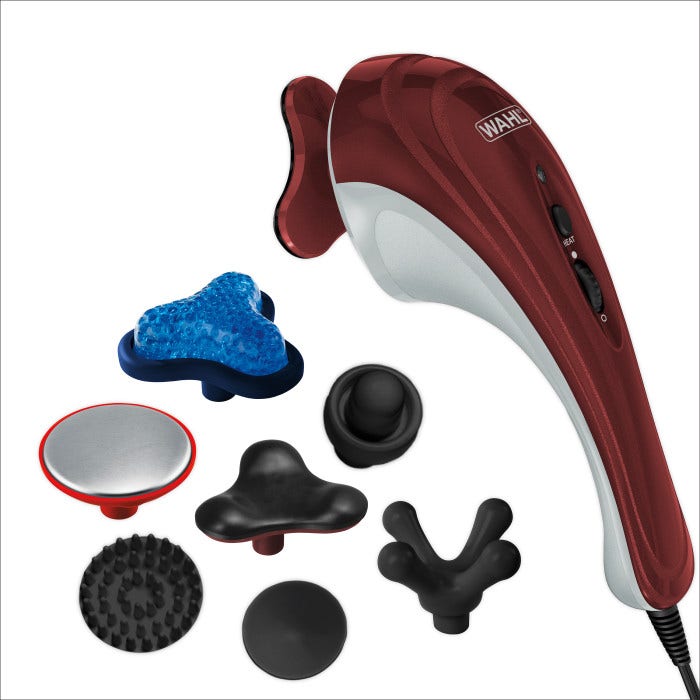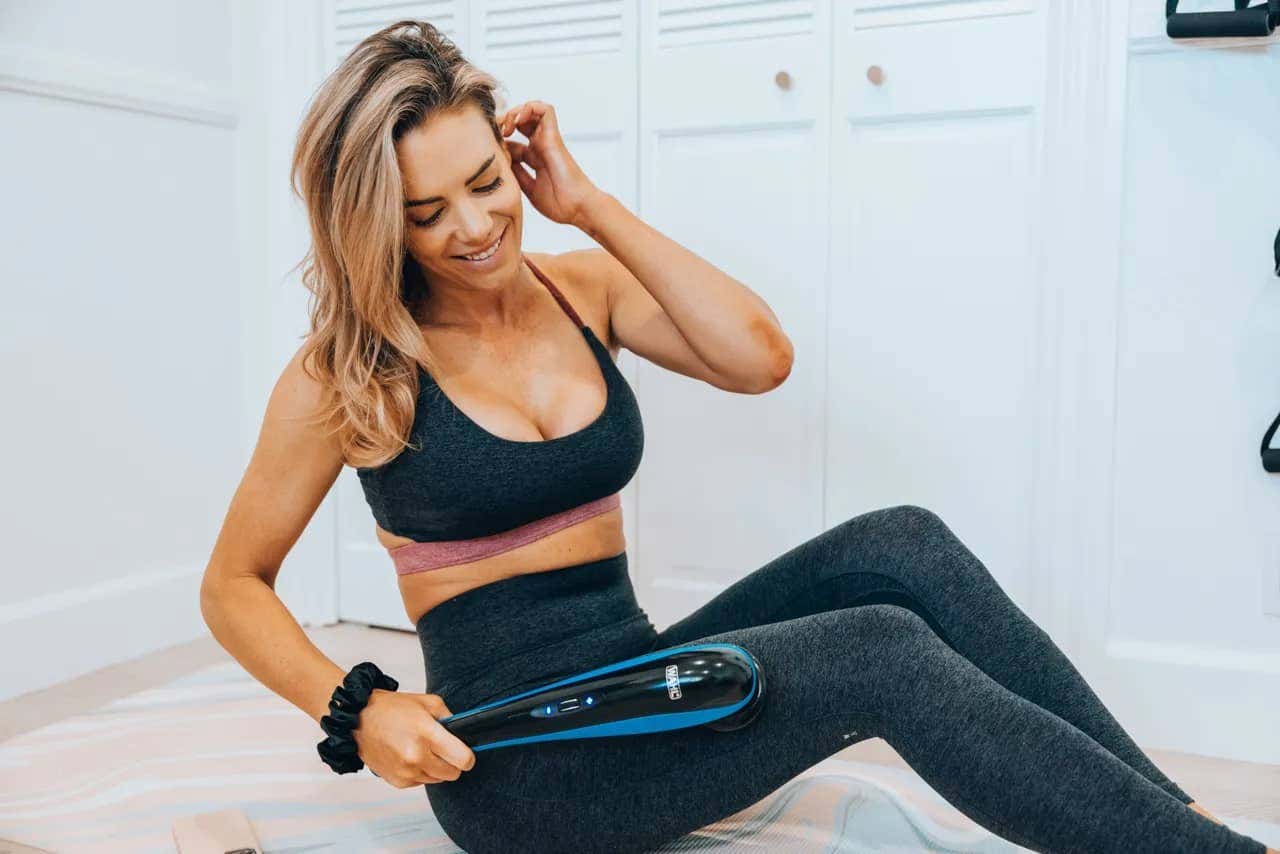How to Prevent & Relieve Sore Muscles
Getting fit or losing weight consistently tops the list of New Year’s resolutions. Unfortunately, 73 percent give up within six weeks; according to a survey by Harris Interactive. While time and commitment are often to blame, many fitness experts suggest sore and fatigued muscles have a lot to do with why we lose steam with the new routine.
Whether sore from a new workout routine or everyday aches and pains, muscle management is key to making physical exercise less of a chore. Here are three tips to reduce routine muscle pain, so you can go from sore to more.
1. Massage away
Massage is often thought of as relaxing, but studies link massage to muscle treatment and recovery. In addition to relieving tension, massage can help reduce pain, decrease swelling and improve blood circulation to promote the healing of soft-tissue damage, bruising and muscle fatigue. It also helps improve flexibility and mobility faster, while reducing overall stiffness. Fortunately, new and powerful hand-held massagers are making it possible to treat muscle pain and fatigue on a daily basis.
2. Stretch before and after
Most people associate stretching with improving flexibility but stretching can actually help energy levels as well. Much like an engine that needs to be primed before it fires up, stretching your muscles before working out gets the blood flowing throughout your body. This not only helps to reduce muscle-related injuries, but it reduces the buildup of lactic acid, which promotes fatigue. Once you’ve had a good stretch, ease your way into the workout to ensure your muscles are nice and loose before reaching ‘cruising speed’.
3. Heat up and cool down
Knowing when to apply hot and cold temperatures to sore muscles is critical to treating and healing them. Studies have shown that alternating cold with hot to be highly effective in promoting both circulation and muscle recuperation. Temperature therapy can also help address specific muscle-related issues. Heat is often recommended for tight muscles, ligaments and tendons because it improves blood flow to the affected area while cold therapy can reduce swelling and help control muscle spasms. Products such as the Hot-Cold Therapy Massager combine massage and temperature therapy to provide a more comprehensive solution to muscle pain management.
Wahl invented the first electric massager nearly 100 years ago, and has been at the forefront of the category ever since developing hand-held massagers with powerful motors, ergonomic designs and specially engineered attachments that allow for customized treatment of pain and discomfort.

 India (English)
India (English)
 Middle East and Africa (English)
Middle East and Africa (English)
 South Africa (English)
South Africa (English)
 Australia (English)
Australia (English)
 Japan (日本語)
Japan (日本語)
 South East Asia (English)
South East Asia (English)
 Singapore (English)
Singapore (English)
 Europe (English)
Europe (English)
 France (French)
France (French)
 Germany (German)
Germany (German)
 Hungary (Hungarian)
Hungary (Hungarian)
 Italy (Italian)
Italy (Italian)
 Poland (Polish)
Poland (Polish)
 Portugal (Portuguese)
Portugal (Portuguese)
 Russia (Russian)
Russia (Russian)
 Spain (Español)
Spain (Español)
 The Netherlands (Dutch)
The Netherlands (Dutch)
 Turkey (Turkish)
Turkey (Turkish)
 United Kingdom (English)
United Kingdom (English)
 Argentina (Español)
Argentina (Español)
 Brazil (Portuguese)
Brazil (Portuguese)
 Colombia (Español)
Colombia (Español)
 Latin America (Español)
Latin America (Español)
 México (Español)
México (Español)
 Chile (Español)
Chile (Español)
 Peru (Español)
Peru (Español)
 Canada (English)
Canada (English)







_0_0.jpg)
